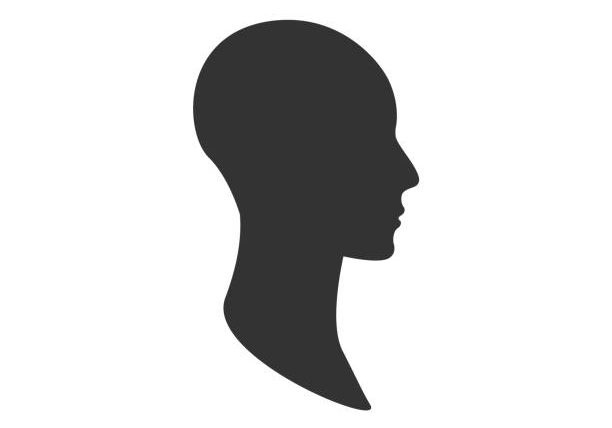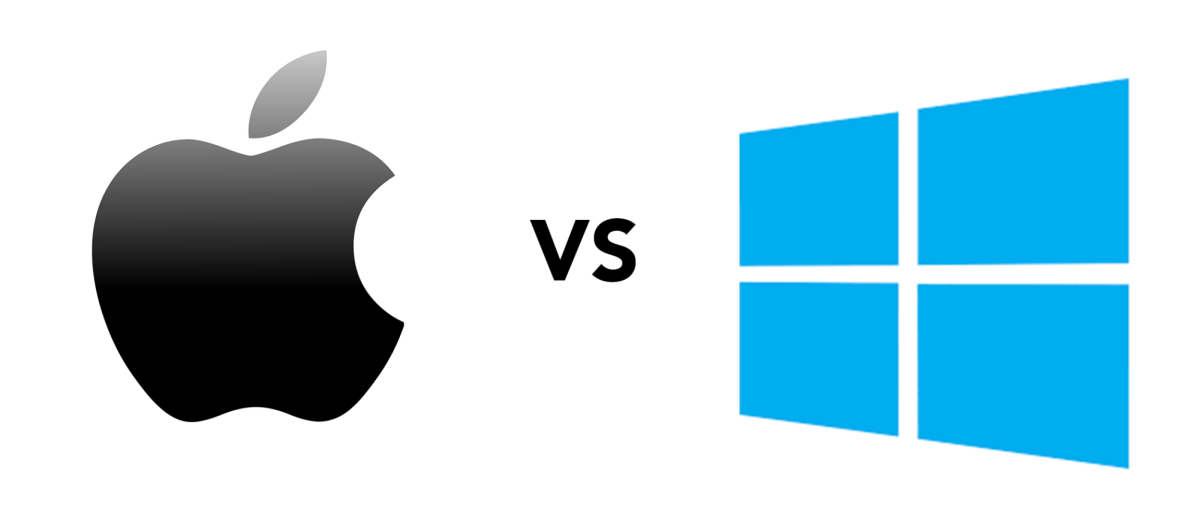Which one is better, Apple’s Mac OS or Microsoft’s Windows OS?
This is an age-old argument, even spanning across generations, albeit briefly, that has been raging since the creation of both systems. My question is, despite all the quarrels, would there actually — statistically — be a winner in the end?
The idea of ‘Which one is superior?’ falls into four main categories: affordability, performance, portability, and versatility.
In today’s world, where computers are considered a part of everyone’s daily life, affordability– in both price and lifespan– is crucial. Apple’s Macs, for example, have a starting price of $1000+ compared to Window’s $300+, but often last for up to 6-8 years versus 3-5, and retain 60-70% of their value after a few years, compared to 30-40% for Windows. Admittedly, Microsoft Windows’ cheaper, broader price range allows users to invest in customizations and upgrades later on. Ultimately, these balancing pros and cons leave affordability a draw.
Moving forward, the performance — how effectively a system carries out its tasks — of the OS is also vital because of how it directly impacts daily productivity. Many features fall under performance, with battery life being a key criteria. Mac laptops, for instance, average about 10 hours per charge — 2-5 when gaming — and last about 1000 charge cycles, while Windows laptops average about 6-7 hours — 1-2 when gaming — and endure 300-500 charge cycles. Conclusively, Apple’s Mac OS is the clear victor. Apple- 1; Window- 0.
For storage– another key criteria– both operating systems offer 128GB to 2 TB of base storage, and can support Hard Drives or SSDs of multiple terabytes. Notably, Windows users can freely replace or upgrade their internal drives with any available model at low cost, while Mac users require Apple-supported services to do so. Either way, storage is a draw.
Moving further along, portability — a device’s ability to be easily carried or move — is another prime factor in this debate. While Apple Macs are made to be sleek, thin, and lightweight, Windows PCs hail from many brands who offer models with similar designs and 2-in-1 convertibles that rotate 360 degrees into tablets with touchscreens– a feature Macs seem to lack. Thus, Microsoft’s Windows wins this round. Apple- 1; Windows- 1;
Finally, the versatility– ability to adapt to different functions– of the OS is arguably the most crucial factor to consider. This surrounds cross-device integration, as well as personal and career use.
Cross-device integration — the ability for devices to connect with ecah other — is essential. Apple, for this, uses a vertical integration system, meaning its Macs only connect with other Apple devices. This can be expensive once you add that iPhones, Apple Watches, Airpods, etc., each average between $250-$1000. In contrast, Microsoft’s Windows works across many brands at a much less expensive cost. Hence, Windows wins this round. Apple- 1; Windows- 2;
Moving to personal use, Windows wins again. This is because, it offers a wide range of supported applications from multiple brands– including Apple, who’s own devices require Apple-supported programs– and is much easier and cheaper to upgrade. Additionally, Microsoft’s Windows leads the PC gaming market, supporting virtually any game, whereas Apple’s library is very limited. Apple- 1; Windows- 3;
Finally, for career use, Windows is currently dominating the market by 45% to Apple’s 38%, thanks to its cheaper cost, versatility, and easier upgradeability. However, with a 489,000% increase in creator jobs and a projected 1.5 million increase in software developer roles by 2024, Apple’s Mac OS– a current favourite with users in that community– may soon close that gap. Apple- 1; Windows- 4;
It seems that, statistically, Microsoft’s Windows OS might actually be the superior brand overall. However, as it is with any in life, the statistically better thing isn’t always what’s best for you. In the end, it comes down to what the user needs. Mac or Windows, ultimately it’s up to you.

























